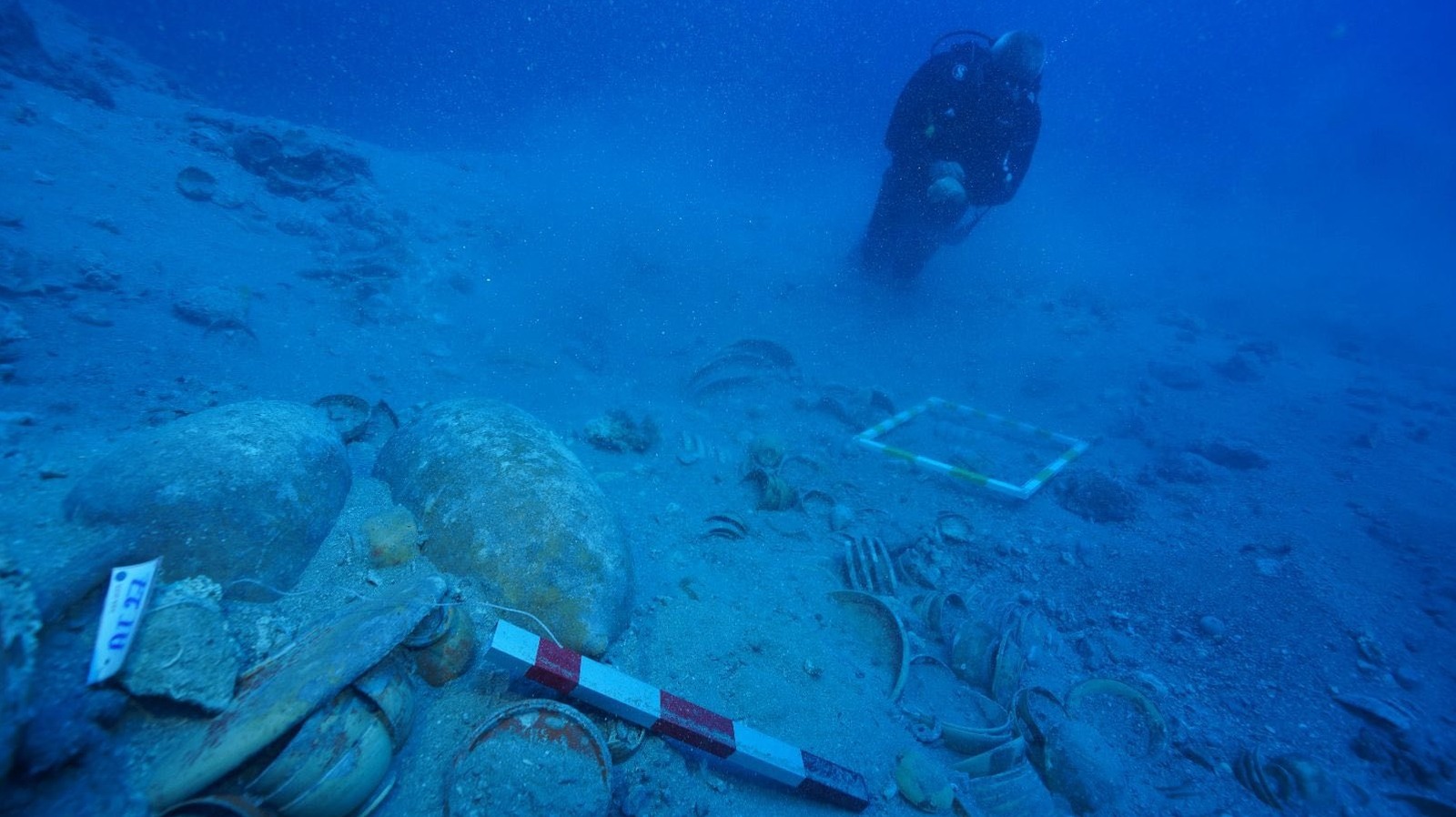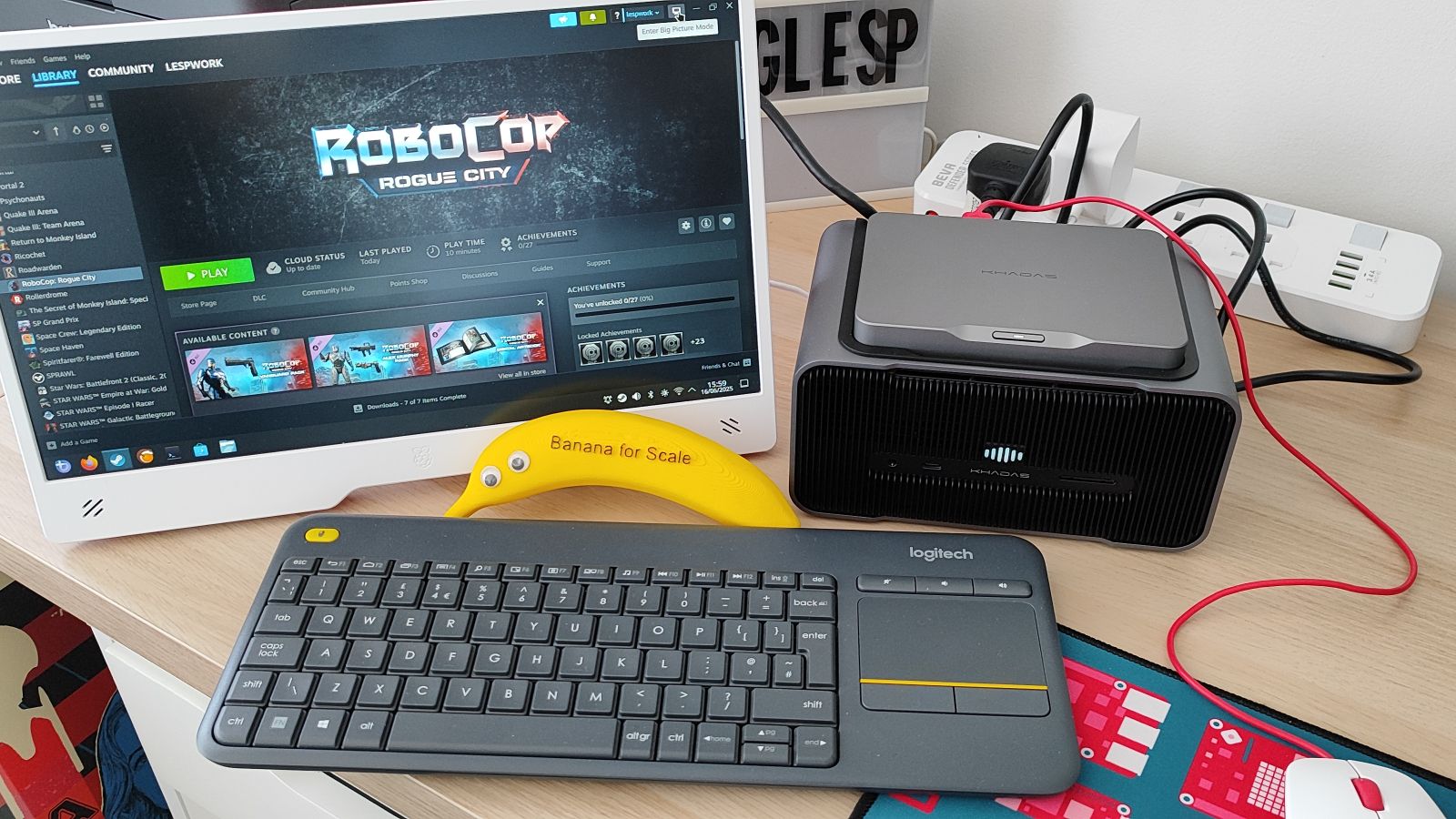Copyright SlashGear

When a shipwreck occurs around the world, it often makes the news for a few reasons. It could be that the ship was particularly well-known, or it could be how it sank that gets the public's attention, as was the case with the SS Edmund Fitzgerald, which went down in Lake Superior during a massive storm. Finally, it could be the ship's mission that is newsworthy, like when the first person to cross Antarctica sank in 1915. According to the United Nations Educational, Scientific and Cultural Organization (UNESCO), there are an estimated 3 million undiscovered shipwrecks lying at the bottom of our oceans. Many of them aren't famous and have been forgotten by history, yet they still have stories to tell. Sometimes shipwrecks are found accidentally, while in other cases, a lot of time, effort, and money goes into finding these lose vessels. If historical documents exist that point to the approximate location of a doomed ship, researchers can use technology like sonar, LiDAR, and satellite imagery to help pinpoint a location. Artificial intelligence can also help identify wrecks in photos when the human eye may not spot it. In 2025, researchers diving off the coast of Adrasan, Turkey found a shipwreck that is at least 2,000 years old. It's not the oldest shipwreck ever found; that distinction belongs to a wooden canoe found in the Netherlands that is more than 10,000 years old. Still, this new discovery and the ceramics found along with it have illuminated an interesting part of history. You may have seen the photos of the porcelain dishes found stacked on the ocean floor from perhaps the most famous shipwreck of all: the Titanic. When they were first discovered, those dishes had been there for 73 years. Now, imagine the excitement of finding bowls, trays, plates, and pots neatly stacked about 150 feet below the surface after more than 2,000 years! Not only was much of the pottery intact, but the original designs and colors are still visible on many of the artifacts. Archeologists deduced that the pottery was stacked for transport to be shipped in bulk, just as we do with modern goods today. They also determined that it had been coated with raw clay prior to being loaded onto the ship. After the vessel went down, the stacks of ceramics were cushioned by both this clay and sand. This reduced the space between artifacts, which would typically be used to make a home by sea creatures, contributing to the deterioration of objects that are immersed in seawater for a long time. This marks the first time that archeologists have seen this methodology being applied on a full cargo of ceramics, giving us a new glimpse into the logistics of ancient commerce. Because of its historical significance, some of the pottery found in this wreck will be displayed in the new Mediterranean Underwater Archaeology Museum. Once researchers complete their work, some of the wreck site will also be open to divers, joining other fascinating underwater sites that you can visit if you have the skills.



